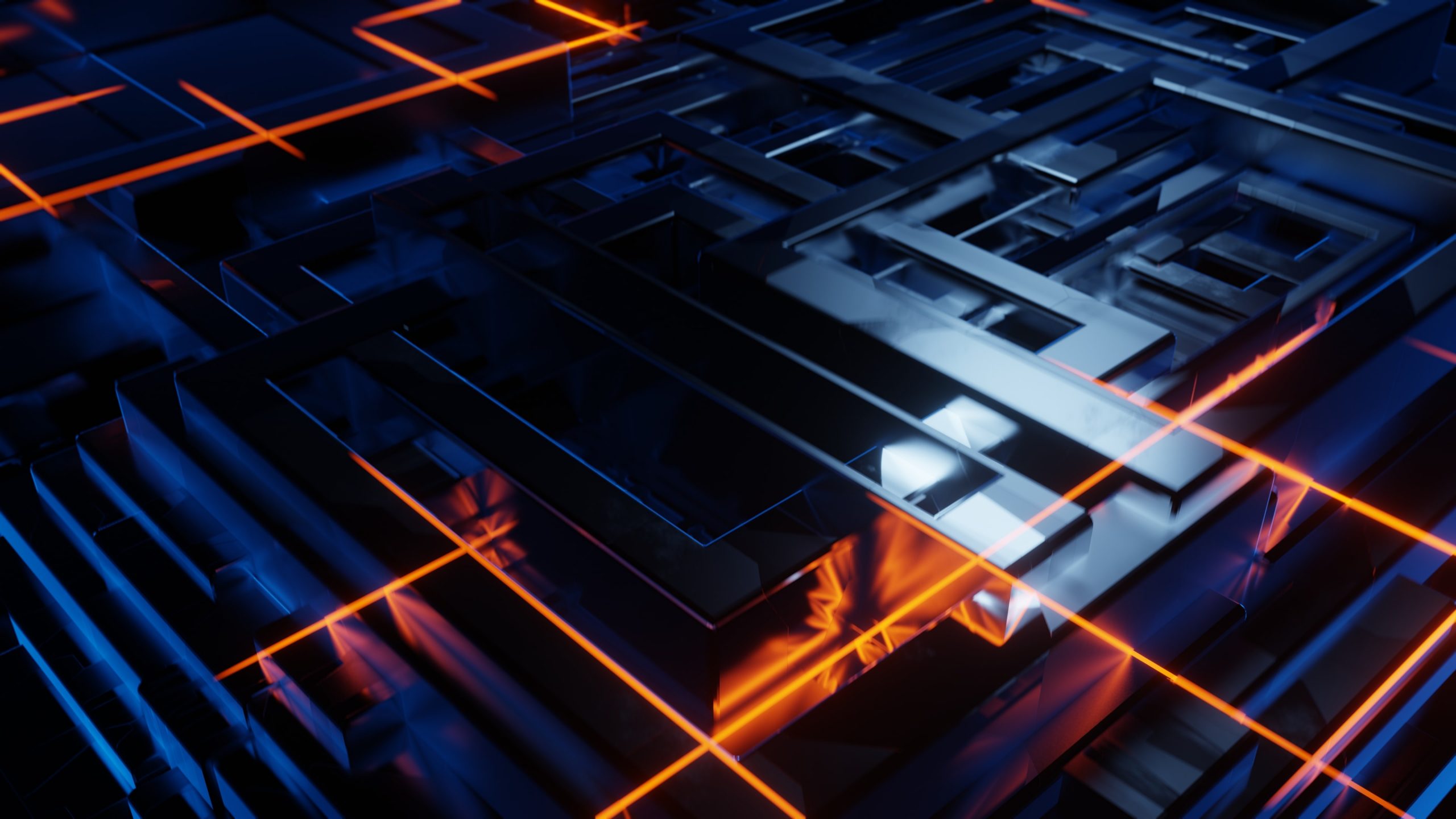Why did you choose to study Digital Transformation as a Master’s degree?
We are in the information age, and I can say with certainty that it is still in its infancy. Organisations find themselves again at the cusp of profound technological increasing influences and changes, the internet has disrupted age-old industries at the same time as giving rise to completely new ones.
I always believed that the same technology can succeed in one organisation while significantly failing in another, as it does not depend on the technology itself but on the complex interactions between the organisations and technology. These complex interactions in terms of people, process, organisation structure, and technology is what I strongly sought to learn and understand, as well as the various factors an organisation considers when constructing a digital strategy. The programme I chose looked at digital transformation in diverse ways and through different interconnections while also considering the broader environment of the digital economy and the dynamics that this entails for emerging technologies.
You mention the digital economy. The entire world is witnessing a major shift from the ‘real’ economy to the digital economy, so what are your thoughts about the future of the Metaverse and NFTs?
It is evident that the economy, and money in particular, are heavily reliant on the system of trust; the trust in which the assets being traded are of equivalent value. It can be argued that the digital economy faced growth challenges in the past decade as it needed that wider base of trust to grow. In my opinion, the outbreak of COVID-19 caused a significant reliance on digital platforms in various businesses, and thus the trust and usefulness of the digital economy significantly increased. This also sparked an accelerated digital transformation, as new demands and tasks were having to be fulfilled digitally.
In light of this, I now see immense potential in Metaverse and NFTs. Recently research has been studying the substitutability of physical items and even processes, by digital alternatives. It is also possible to be understood from a human acceptance perspective towards objects that are desired to be digital rather than physical with at least one in every four tasks having a digital solution. As a result, there is an onpour of opportunities in different sectors such as smart homes/cities, work, construction, travel, entertainment and even in smart homes/cities.
What is the Digital Building Lifecycle, and how is it considered in your projects?
The AEC industry is shifting from Building lifecycle management to Asset lifecycle management. To me, clarity in information requirements as well as calculating the answers to the ‘5 W’ questions are a crucial part of managing asset information. This is what we always find the key at RMJM when it comes to information management.
It is essential that responsibility matrices, roles, functions and the collaboration platform answer the “Who”, “What”, and “When” questions for asset lifecycle delivery. Additionally, with the inclusion of collaboration platforms and information model suitability, we are able to answer “Why” and “Where” questions respectively for the delivery phase. The earlier a process explains the interconnections between those answers and defines it, the better management of information is achieved. Through the streamlining of these processes, we are seeing advantages and advancements in every area of the digital building lifecycle.
Do you agree that Digital Twins are powerful masterminds to drive innovation and performance?
If I had been asked this question a few years ago, I would have more likely disagreed due to the lack of success factors with ‘Digital Twin’ technology. However, the widespread adoption of BIM and the recent emergence of IoT (Internet of ‘Things’) applications offer unprecedented insights and decision-making capabilities throughout the life cycle of any asset. In fact, the BIM adoption enhances the fidelity and quality of data which constitutes the foundation of Digital Twin’s static data.
Although The Digital Twin technology is taking its nascent steps though, there is a vision of 252 different classifications and development stages of digital twins proving its diversity in application. It has a major contribution to both the construction process monitoring and energy performance management at the delivery and operation phases of the asset lifecycle. The emphasis here is on the real-time monitoring and dynamic side of data that is actually facilitating faster decision-making. It is rumoured that its value will grow by nearly $70 billion in the next five years, which certainly suggests its significance in the industry.
Lastly, what are your thoughts on Generative Design as we start hearing more about it in AEC industries?
One of the most challenging aspects in AEC is enhancing the design experience and efficiency when building the conceptual stage of a project. The design iterative generation of ‘design alternatives’ can be life-saving, especially when a well-designed parameterization process is adopted. Globally, contractors have reported more than a 5% reduction in reportable incidents thanks to the application of GD and other such tools.
Contemporary AEC projects are moving away from purely aesthetic and ‘pretty’ designs to more performance-based ones. The advancements in BIM and GIS allows this to happen by optimising a strong foundation, and a fundamental framework that can support and advance AEC projects of all scales, sizes, and complexity.
In support of this, Generative Design provides a wealth of analysis, exploration, and optimization opportunities. There have recently been a number of initiatives integrating Generative Design and AI technologies to produce better results with minimal coding or software development knowledge. These initiatives will transform the AEC industry as they mature.


